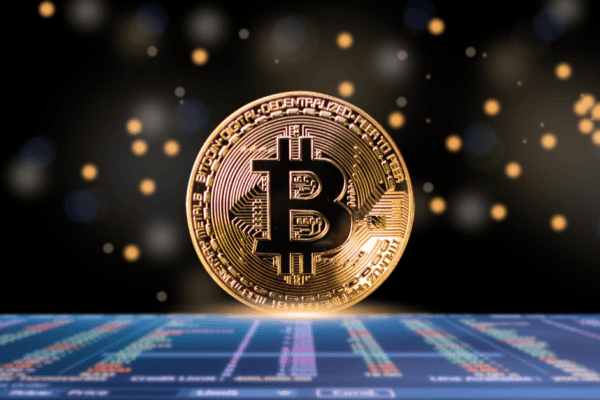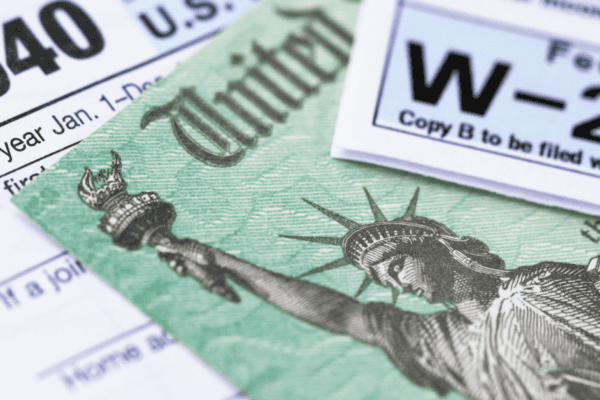If something sounds too good to be true, it usually is not all it’s cracked up to be— unless it is the current yield on Series I savings bonds, also known as, I-bonds. I-bonds are savings bonds guaranteed by the US Government that currently yield 7.12% and will increase to 9.62% in May. You won’t find Treasury Direct (the only place you can purchase these bonds) touting this impressive rate on its website or hear the Treasury promoting I-bonds in the media. This 9.62% rate is, however, attracting a lot of attention from investors who had become resigned to a decade of paltry interest rates from their fixed income portfolios.
How do these bonds work so that they can deliver a yield of almost 10%? A component of the interest rate is tied to inflation. The high rate could persist if inflation stays the same, go higher if inflation increases or go lower if inflation decreases. I-bonds have been around for over 20 years and are similar in construct to the EE saving bonds that we use to give and get upon certain lifetime milestones (birth, bar mitzvah, communions, etc.).
How can I buy I-bonds? You can purchase $10,000 of I-bonds, per social security number per calendar year, so a couple can buy $20,000 in a single year. You can also buy I-bonds for a child under 18, a trust, and most entities if there is an eligible Tax ID. You must hold the bonds for 1 year (i.e., you cannot redeem them for one year under any circumstance) and ideally, you would hold them for 5 years to receive the full interest rate credit. You are allowed to redeem the bond after one year, and although there is a penalty for redeeming prior to the 5-year mark, the penalty is only 3 months of interest.
I-bonds are a hedge for unanticipated inflation. Their day-in-the-sun is a high inflationary environment. That day is now. Since that is the case, the opposite is also true, that “average” or “low” inflation will mute or eliminate the interest rate credited.
Here is the website where you can learn more and also purchase these bonds:
https://www.treasurydirect.gov/indiv/products/prod_ibonds_glance.htm
Highlighted in bold below are aspects of I-bonds that are not often mentioned in the press but are notable features to consider.
- From an investing perspective, they are unique in that you cannot lose your original investment (e.g., Great Depression type deflation – I-bonds will not decline below the initial investment). This is not the case for other popular alternatives such as TIPS which can lose principle in a deflationary environment. Unlike many other types of bonds, they do not have credit risk (i.e., rated AAA) as they are government-backed.
- The May rate of 9.62% speaks for itself but investors need to be aware this rate resets in November. One consideration is that if we have Inflation as we did in the early 1980s, I-bonds could provide investors double-digit interest rates. On the other hand, if interest rates collapse, the worst-case scenario is a zero percent return. In investing, a zero percent return, a worst-case return scenario, is actually pretty good! Does anyone remember March of 2009?
- Another rarely mentioned feature of I-bonds is that you can defer the interest from taxation until final maturity (30 years). This deferral of interest until maturity is incredibly attractive.
- If you meet the income and other qualification requirements, the interest can be excluded from income if used towards higher education expenses. https://www.myfederalretirement.com/bonds-excluded-tax/
- Lastly, the interest is state tax-free – an added bonus, especially in high taxed states (that’s you NJ, NY, CT, MA, MD, CA – to name a few).
If you have an interest in learning more about I-bonds or have any additional questions, please contact us today.



